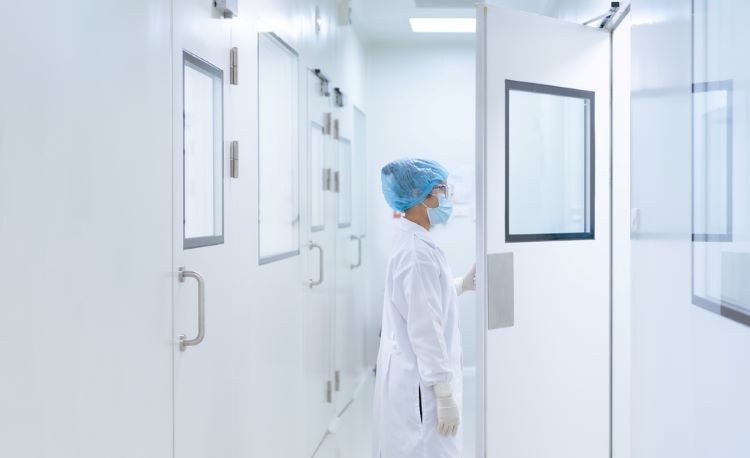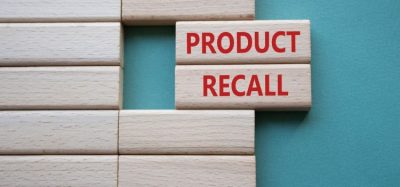Seasonal variation of microbial contamination in pharmaceutical cleanrooms
Posted: 15 April 2024 | Catherine Eckford (European Pharmaceutical Review) | No comments yet
With the outdoor environment being a primary contamination source in the pharmaceutical cleanroom, measures like good manufacturing practices (GMP) is key to reduce this risk, a paper asserts.


Researchers investigating environmental microbial contamination found “no seasonal climatic influences were observed” in bacteria and fungi counts present in Grade D (ISO 8) Brazilian pharmaceutical cleanrooms.
Samples were obtained via surface and air monitoring over a one-year period.
While microbial levels were predicted to be higher during rainy periods compared to dry spells, “no statistically significant differences in bacteria and fungi counts were found between months or seasonal periods… Only slight variation, especially for fungi [was observed]”.
external factors such as equipment, seasonality, and the transit of people and supplies between environments can potentially influence the transfer of microorganisms found in cleanrooms”
Soares et al. theorised this may have occurred due to the “stringent biological control in the clean areas, due to the heating, ventilation and air conditioning (HVAC) system, sanitisation procedures, restricted access of people, correct use of personal protective equipment (PPE), and personnel training”.
Therefore, within this facility, microbiological quality control in the clean areas of the pharmaceutical cleanroom was considered “effective”. The authors emphasised that regular maintenance was key in maintaining control of bioburden levels.
The authors highlighted research which explained that external factors “such as equipment, seasonality, and the transit of people and supplies between environments can potentially influence the transfer of microorganisms found in cleanrooms”.
Further findings
Based on the observations, the paper reported a higher occurrence of microorganisms common to the human microbiota: Staphylococcus epidermidis (15 percent) and Micrococcus spp. (13 percent). Comparatively, microorganisms “typical of the external environment”: fungi Cladosporium sp. (23 percent) and Penicillium sp. (21 percent), were found.
The CFU count distributions for bacteria and fungi presented a low and constant bioburden in the production environments, using both sampling methods. Overall, the authors explained that the Grade D / ISO 8 cleanrooms that were used to produce non-sterile drugs presented a “constant profile and complied with the established CFU limit values for bacteria and fungi”.
Higher microorganism levels were obtained in the air sampling, compared to the surface sampling, stated Soares et al. However, they noted that air and surface microbial levels “may vary” according to the sampling conditions and the pharmaceutical production environments.
Sources of contamination in the cleanroom
the primary source of contamination of the cleanrooms was the outdoor environment”
According to the authors, data from the study supported the hypothesis that the primary source of contamination of the cleanrooms was the outdoor environment.
As the source appeared to be “mainly of human origin”, the authors emphasised that this reinforces the need for “good manufacturing practices [GMP], the correct use of personal protection equipment, and appropriate clothing inside the pharmaceutical production environment, in addition to controlling access to cleanrooms and performing preventive maintenance of the HVAC systems used in classified environments, to reduce the risk of contamination throughout the production chain.”
In conclusion, “seasonal variations such as rainfall may not affect the microbial levels in Grade D clean rooms, if strict [quality control] conditions are met”.
The paper was published in the Brazilian Journal of Pharmaceutical Sciences.









